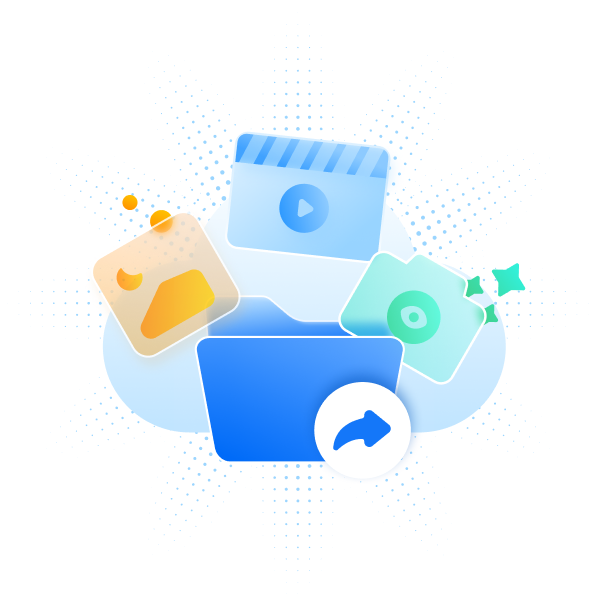AlchemyPinoy
Member
Python has become a popular language for beginners and experienced programmers alike due to its simplicity, versatility, and community support. In this guide, we will take you from zero knowledge of Python to a comprehensive understanding of the language.
Getting Started with Python Before diving into code, it's important to install Python on your computer. You can download Python from the official Python website (https://www.python.org/downloads/). After installation, open a terminal or command prompt and type "python" to ensure that Python is installed correctly.
Basic Syntax and Data Types The first step in learning any programming language is understanding basic syntax and data types. Python uses indentation instead of braces, so it's essential to get familiar with its unique style. Variables are dynamically typed in Python, meaning you don't need to specify the data type beforehand. Python has several built-in data types, including integers, strings, booleans, lists, tuples, and dictionaries.
Control Flow and Functions Python provides several control flow statements, including if-else statements, loops, and switch statements. Functions are also an essential feature of Python, allowing you to reuse code and make your programs more modular. Python supports both built-in and user-defined functions.
Object-Oriented Programming Python is an object-oriented language, which means you can create your classes and objects. Understanding classes, objects, and inheritance is crucial when building larger applications in Python. By organizing your code into classes, you can write cleaner and more efficient code.
File Handling and Modules Python provides several ways to handle files, including reading and writing to files. Modules allow you to reuse code across different projects and build libraries of reusable code. Python has a vast library of modules, including NumPy for scientific computing and Pandas for data analysis.
Web Development with Python Python is also used extensively in web development. Frameworks like Django and Flask make it easy to build web applications in Python. Understanding web development with Python requires knowledge of HTML, CSS, and JavaScript.
Conclusion Python is a versatile language used in various fields, including data science, machine learning, and web development. In this guide, we covered the basics of Python, including syntax, data types, control flow, functions, object-oriented programming, file handling, modules, and web development. With practice and application, you can become proficient in Python and use it to solve real-world problems.

Zero to Py A Comprehensive Guide to Learning the Python Programming Language 2023.pdf - Share Files Online & Send Larges Files with TeraBox
Zero to Py A Comprehensive Guide to Learning the Python Programming Language 2023.pdf - Please input the extraction code to send large files and share files online with TeraBox.